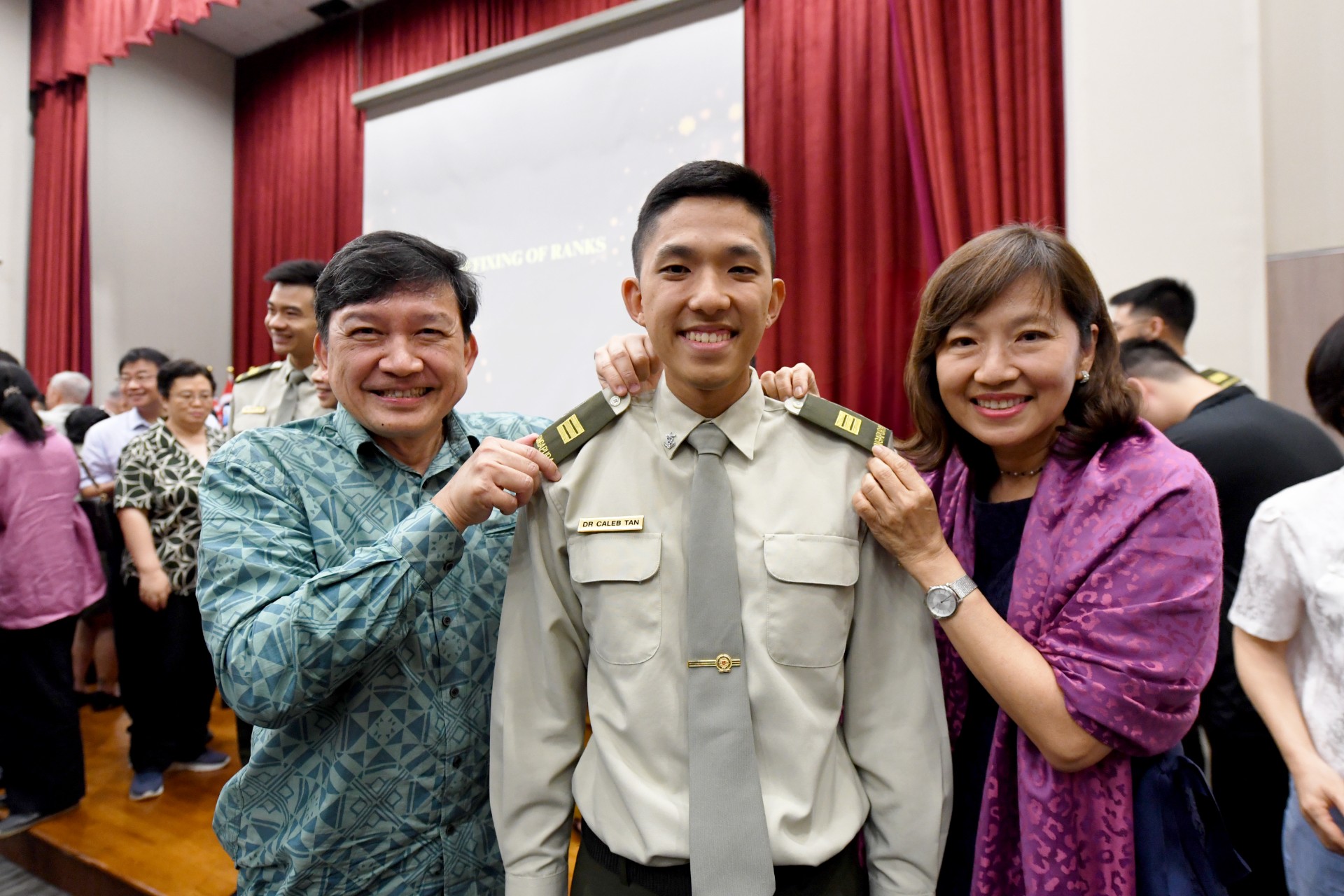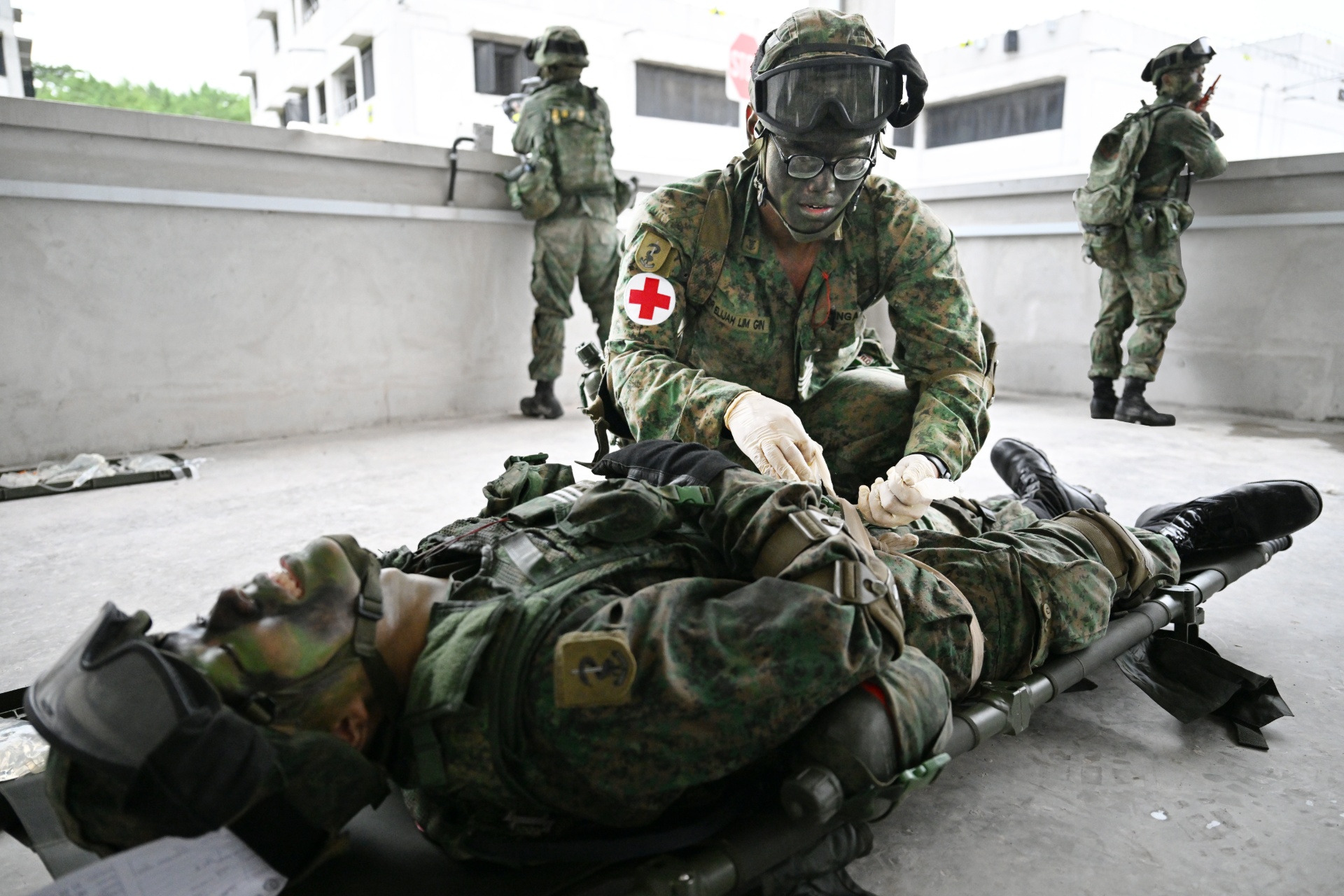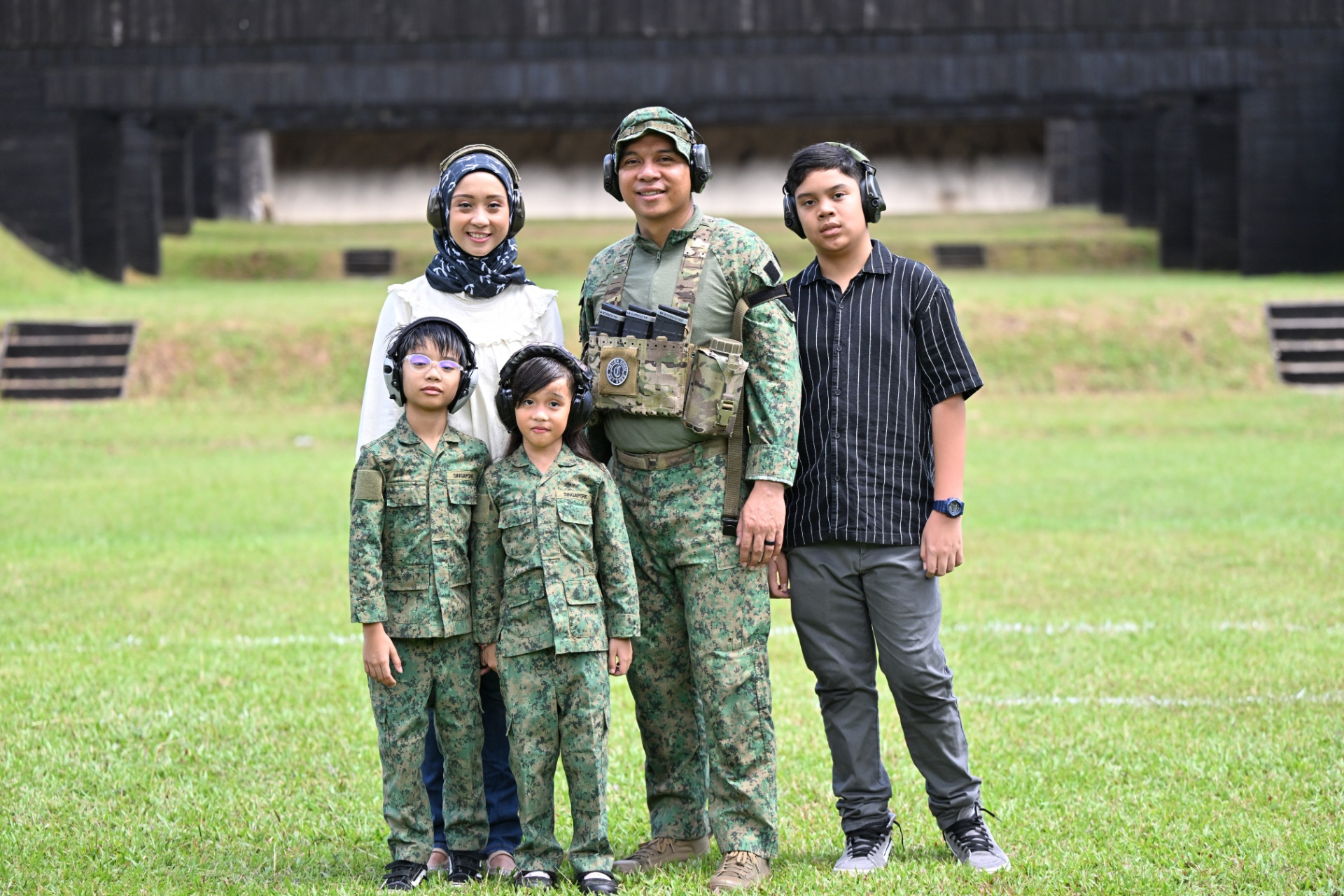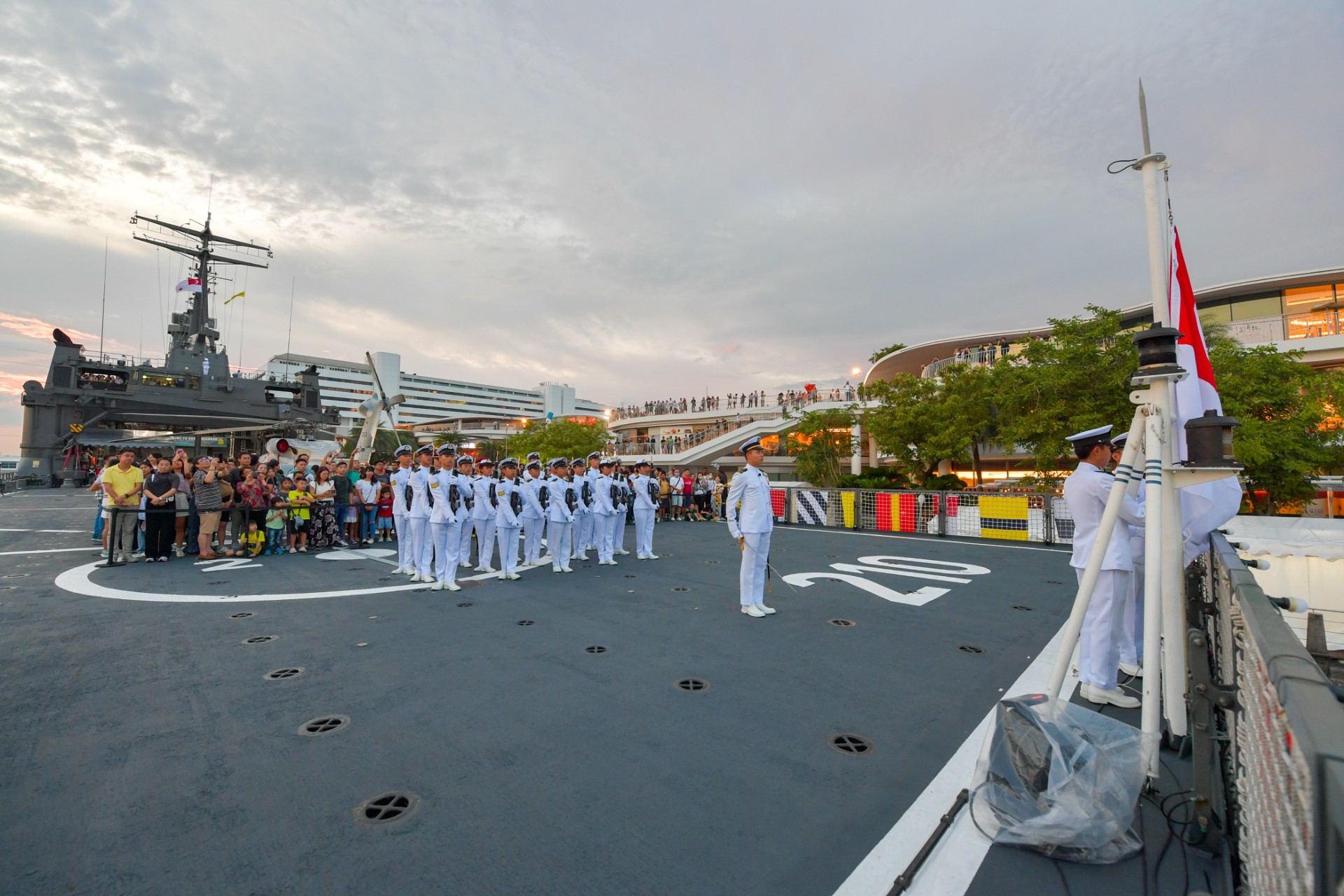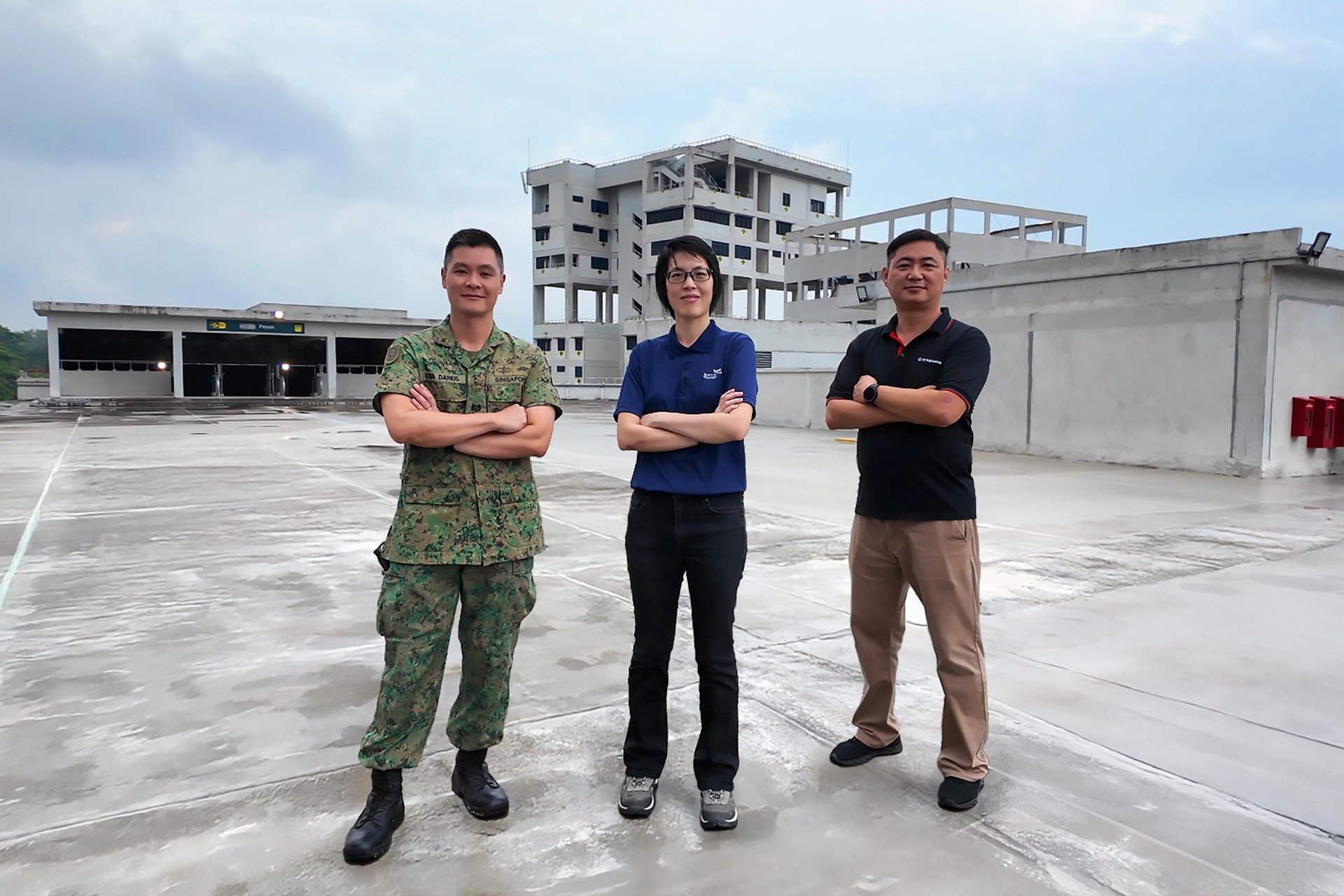SMARTER IDEAS, BETTER LIVES
Sometimes the best ideas can stem from the simplest of needs. Find out what these Singapore Armed Forces (SAF) personnel came up with to make their lives at work more efficient.// Report by Teo Jing Ting
// Photos by PIONEER photographers, Deepan Nicholas and courtesy of interviewees
A sensor that can detect obstructions up to a distance of three metres during aircraft towing operations. A portable speed bump with a camera to check the underside of vehicles. These are some of the innovative ideas that SAF servicemen and women came up with as part of the Innovation Symposium 2019.
1) Wingtip proximity sensor
What it is: A sensor which can detect obstructions up to a distance of three metres around the F-16 fighter aircraft as it is being towed in and out of the hangar.
How it works: The sensors are mounted on the wingtip weapon launchers of the aircraft. Similar to the reverse sensors found on cars, it senses nearby obstacles and emits a beeping sound as well as flashing lights to warn crew members.
It reduces manpower by 40 per cent!
A team of five is usually needed during aircraft towing operations. These comprise a tow supervisor, a tower, a brakesman and two wingtip walkers. The latter aid the tow supervisor to spot obstacles during towing. This sensor removes the need of the wingtip walkers, bringing the team down to three.
Did you know: The team of five submitted the idea at the inaugural Republic of Singapore Air Force (RSAF) pitch challenge last May. The first prototype was developed last December. It was refined six more times before the team settled on the final version in March this year.
What's next: The wingtip proximity sensor is currently used in F-16 fighter aircraft towing operations within the RSAF's 5 Air Engineering and Logistics Group. The team also plans to expand the use of the sensor to other aircraft.
2) Portable Under-Vehicle Surveillance System (PUVSS)
What it is: A portable lightweight (it weighs about 10kg) and weather resistant surveillance system used to identify threats hidden on the undercarriage of vehicles.
How it works: A 12-megapixel panoramic camera device that enables live-feed video recording is slotted within a portable speed bump. When a vehicle passes over the speed bump, the live image of its undercarriage is shown on a screen. This allows military personnel to conduct vehicle checks thoroughly yet effortlessly.
Other features include built-in LED lights and motion sensors to light up dark undercarriage areas for scanning, instant playback of the recorded video and a 1TB hard disk drive that holds up to 30 days of footage.
It saves up to 35,000 man-hours a year!
The RSAF's Force Protection Squadrons generally employ a two-man team to use the Undercarriage Mirror (UCM) for vehicle inspections. However, it is difficult for the UCM to show up blind spots such as the centre of the vehicle's undercarriage.
With the PUVSS, error rates are reduced. It is also faster – it takes about 30 seconds to check a vehicle – instead of the usual two minutes with the UCM.
In addition, the device enables just one man to monitor two lanes, instead of the previous two per lane, freeing up personnel to do other things.
Did you know: The team made countless modifications in the 12 months leading up to the final product. Some of the improvements included optimising the positioning of wires and camera to prevent personnel from tripping over the product, and adjusting the height of the speed bump to make sure that vehicles with lower undercarriages will not be damaged by the camera.
What's next: The PUVSS has been implemented in all airbases, the Army's 2nd People's Defence Force. It was also used in this year's National Day Parade. In addition, the team is exploring using artificial intelligence in the PUVSS to speed up the detection of improvised explosive devices in the undercarriage of vehicles
3) Next Generation Asset Preservation System (APS)
What it is: A smart technology system using automation, artificial intelligence and data analytics to enhance the operational readiness of the Army's vehicle fleet (such as the Terrex Infantry Carrier Vehicle and Bronco All-Terrain Tracked Vehicle) stored at vehicle preservation centres.
How it works: The next generation APS has four component systems which helps to maintain, diagnose and pre-empt vehicle faults. These include the autonomous inspection vehicle, integrated smart charging system, acoustic diagnostics and iScan, as well as oil analysis system.
The autonomous inspection vehicle uses artificial intelligence to perform vehicle inspections and identify faults such as oil leaks and flat tyres. It even measures the relative humidity within the vehicle.
The integrated smart charging system monitors battery health in real-time and automatically charges the vehicle when it senses that the battery is low. This allows technicians to perform repairs accordingly.
Through artificial intelligence, the iScan scans the vehicle for external faults as it passes through a gantry while the acoustic diagnostics uses ultrasonic waves to detect internal ones such as dents and air leaks within the vehicle.
Finally, the oil analysis system tests the extracted vehicle oil for properties that affect the lifespan and performance of the vehicle such as water contamination and oxidation, to predict when a change of oil is needed.
Usage of the system resulted in 25 per cent cost savings and a 10 per cent reduction in manpower. For instance, a vehicle inspection job usually requires three technicians. The autonomous inspection vehicle frees these personnel to perform more sophisticated maintenance tasks.
Technicians also generally spend hours inspecting rubber seals in vehicles such as the Terrex and Mobility 3rd Generation (M3G) Float Bridge/Raft. With the acoustic diagnostics, damaged seals can be identified within minutes.
What's next: The next generation APS will be rolled out at all vehicle preservation centres. The team is also exploring using some of the tools like acoustic diagnostics for inspections of active vehicles.
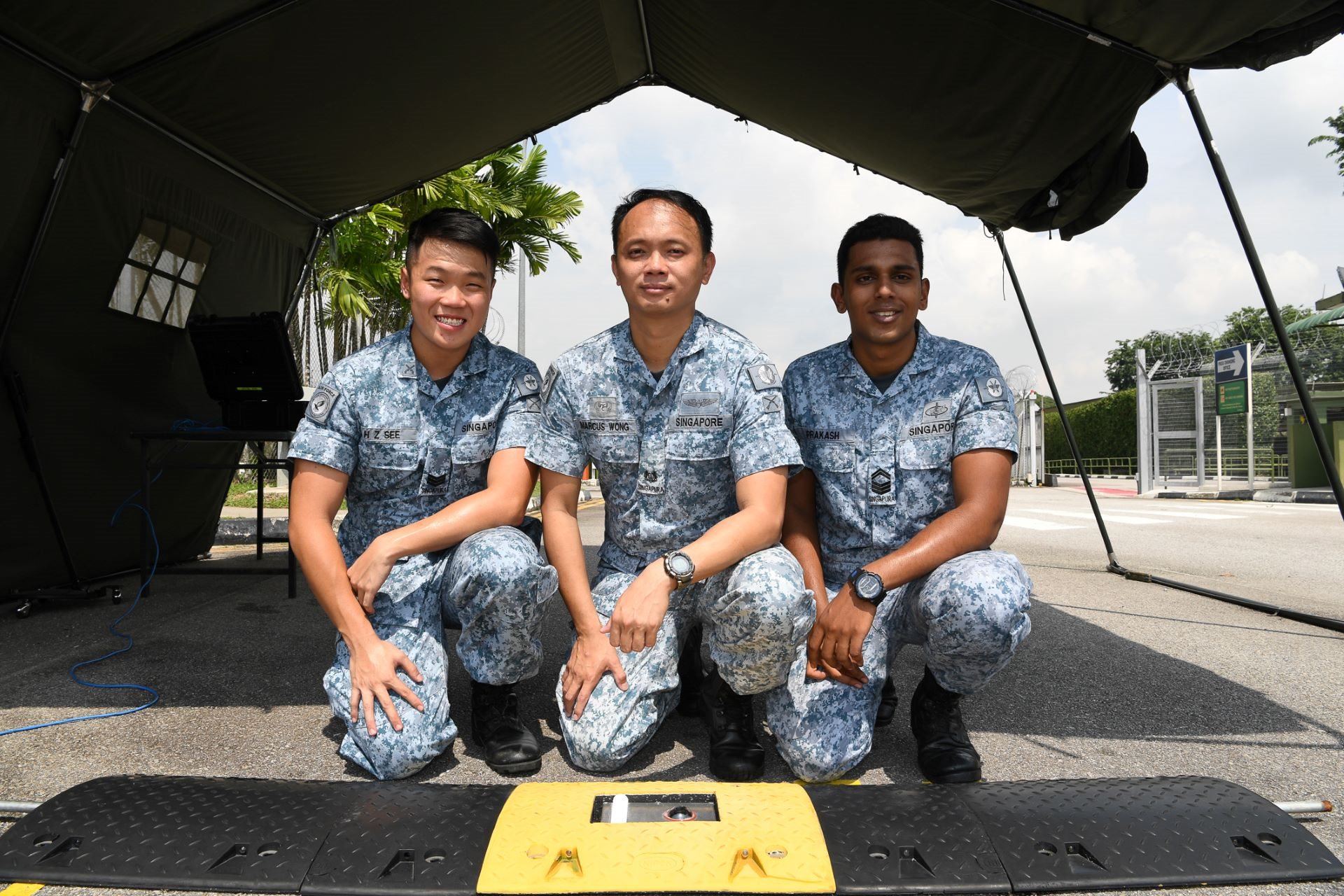
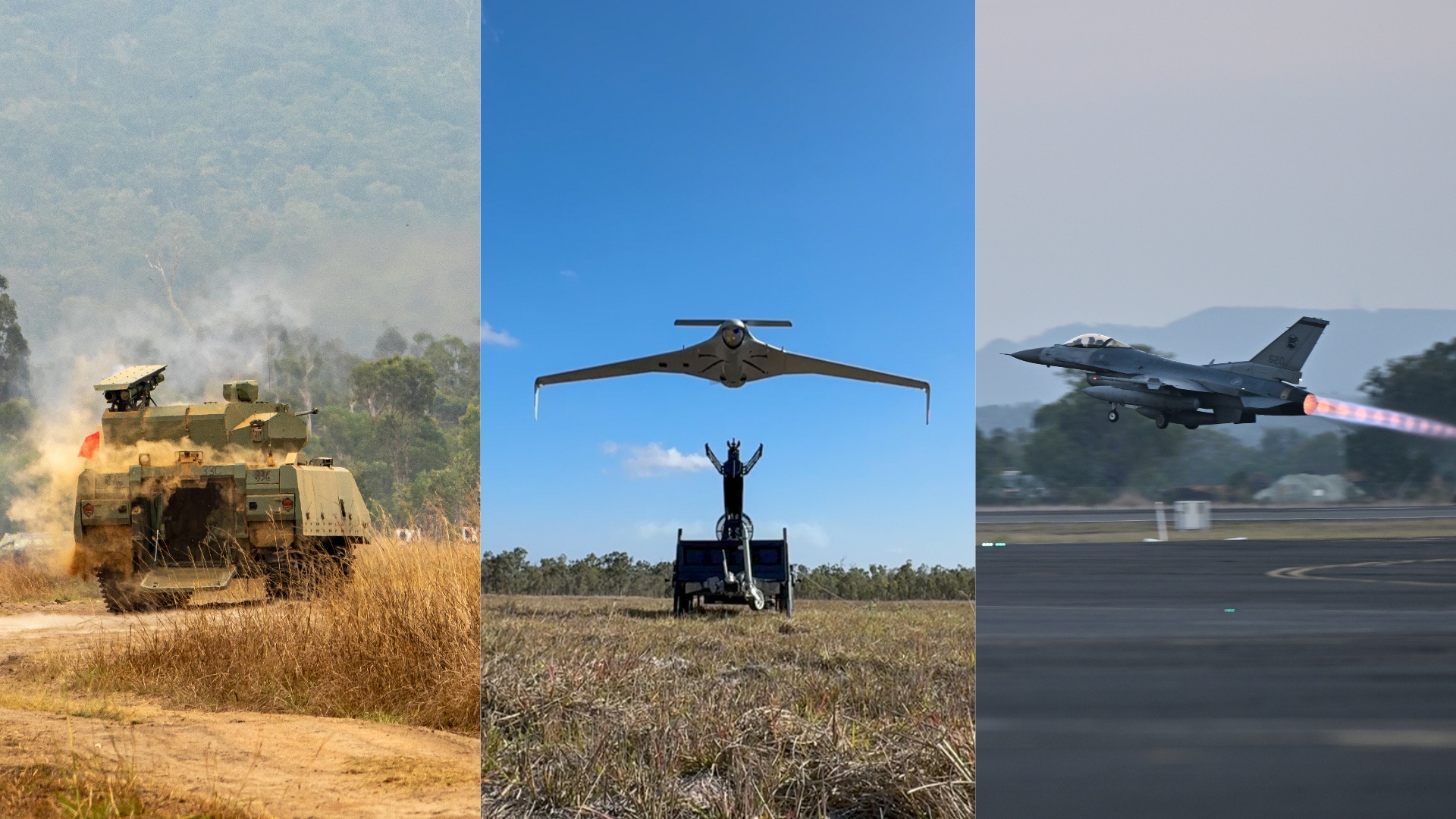
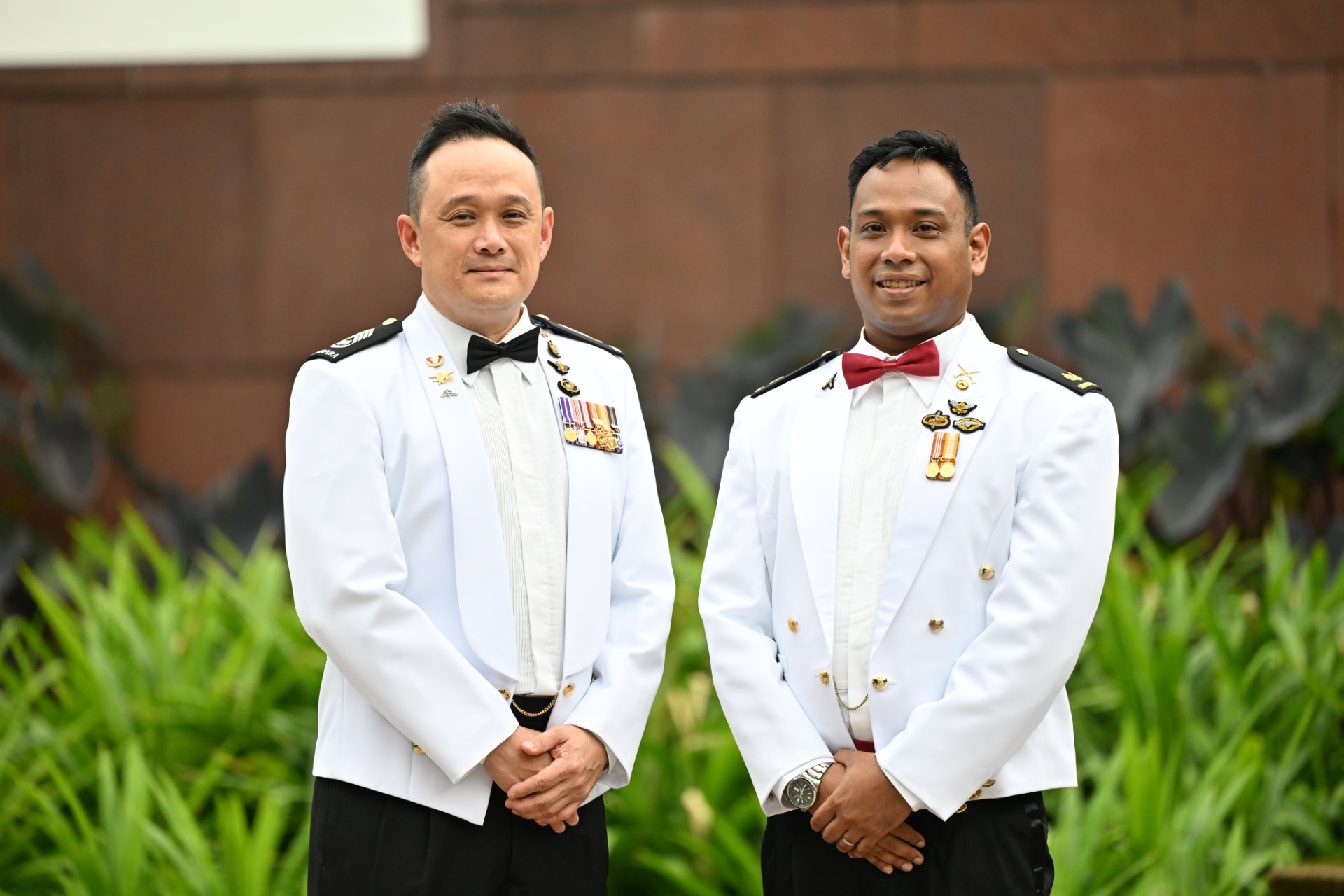
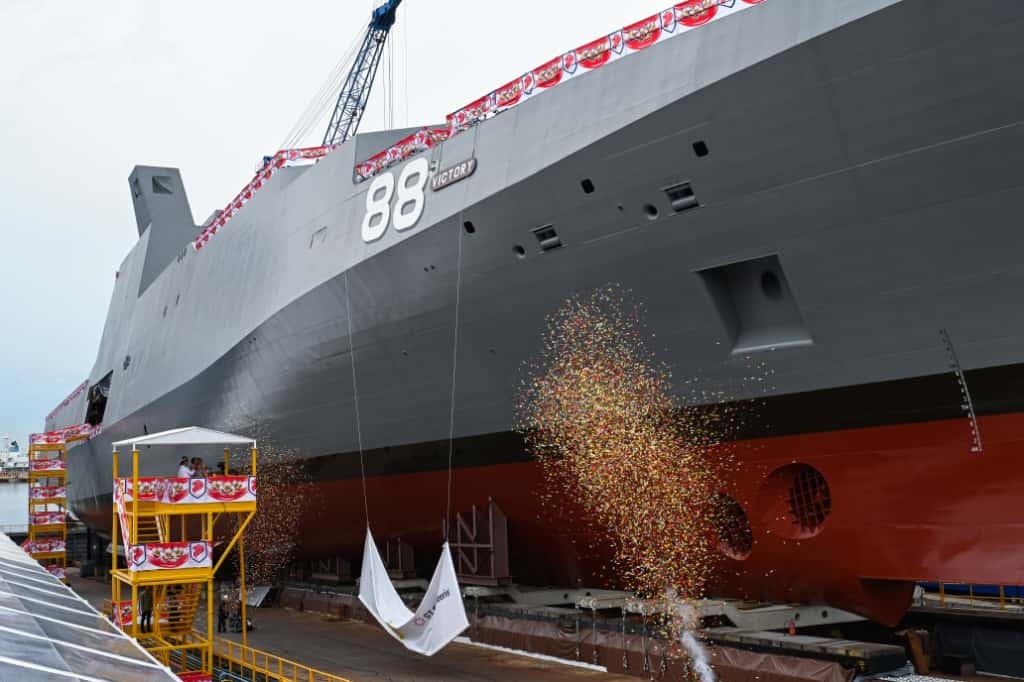
-dsc_2181.jpg?sfvrsn=cf8a503f_1)
